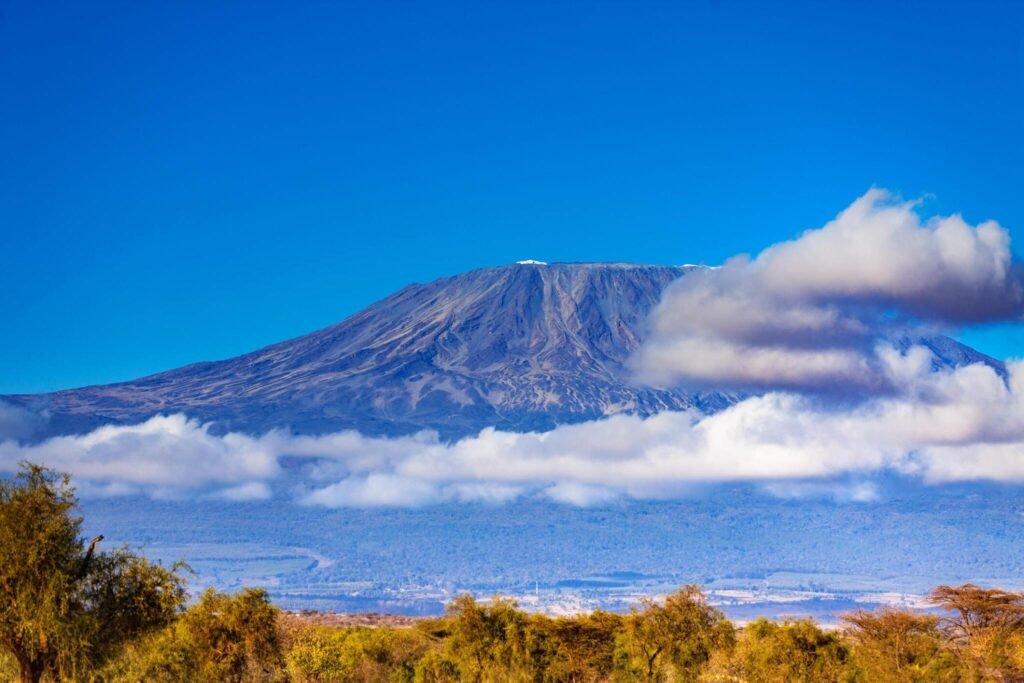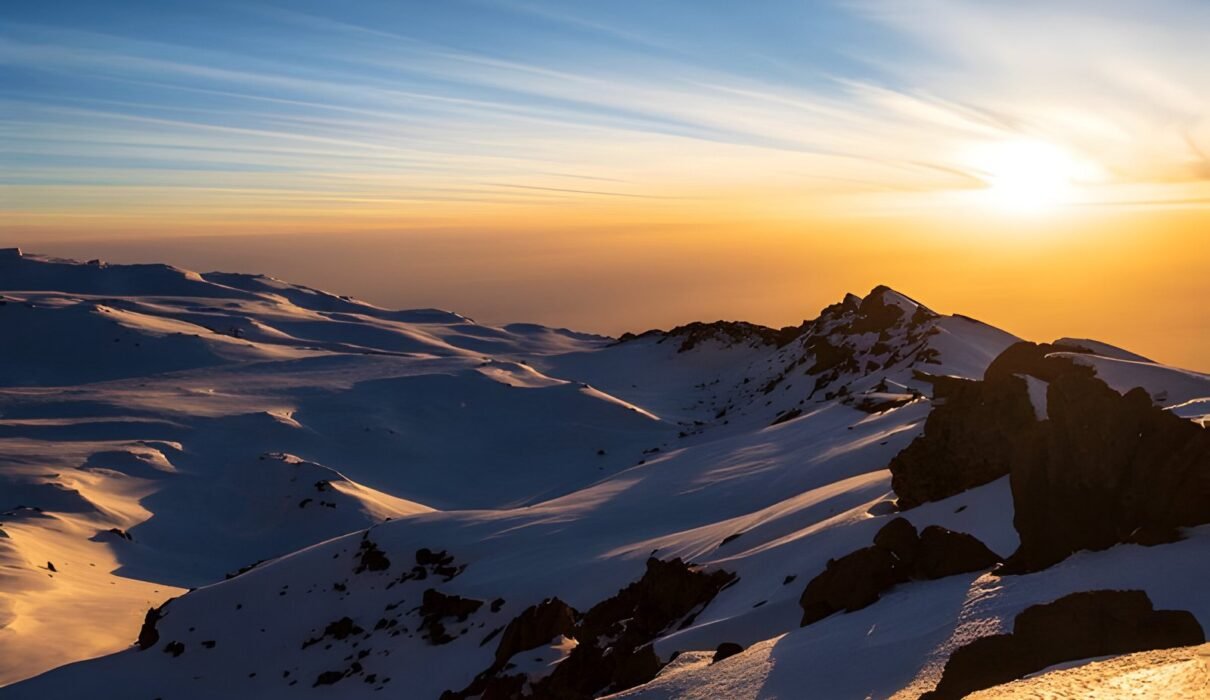The Seven Summits Guide to Conquering the Worlds Highest Peaks, Seven Summits challenge is the dream of climbers worldwide. It involves scaling the highest peak on each of the seven continents, testing not just physical strength but also mental endurance. Whether you’re an experienced mountaineer or someone aspiring to achieve this climbing feat, this post will walk you through each of the Seven Summits, tips for preparation, and how you can get started on your journey.

The Seven Summits Guide to Conquering the Worlds Highest Peaks , What Are the Seven Summits?
The Seven Summits refer to the tallest mountains on each continent. These peaks vary significantly in difficulty, altitude, and climate. Completing the challenge is one of the most respected achievements in the world of mountaineering. Here is a list of the Seven Summits:
- Mount Everest (Asia) – 8,848 meters (29,029 feet), Seven Summits Guide to Conquering the Worlds Highest Peaks
- Aconcagua (South America) – 6,961 meters (22,837 feet), Seven Summits Guide to Conquering the Worlds Highest Peakst Peaks
- Denali (North America) – 6,194 meters (20,322 feet), Seven Summits Guide to Conquering the Worlds Highest Peaks
- Mount Kilimanjaro (Africa) – 5,895 meters (19,341 feet), Seven Summits Guide to Conquering the Worlds Highest Peaks
- Mount Elbrus (Europe) – 5,642 meters (18,510 feet), Seven Summits Guide to Conquering the Worlds Highest Peaks
- Mount Vinson (Antarctica) – 4,892 meters (16,050 feet), Seven Summits Guide to Conquering the Worlds Highest Peaks
- Carstensz Pyramid (Oceania) – 4,884 meters (16,024 feet),Seven Summits Guide to Conquering the Worlds Highest Peaks
Some mountaineers opt to climb Kosciuszko in Australia, but Carstensz Pyramid is generally accepted as the official seventh peak because it offers a more challenging climb.
Learn more about the Seven Summits challenge.
1. Mount Everest: Seven Summits Guide to Conquering the Worlds Highest Peaks
Mount Everest, located in the Himalayas, is the highest point on Earth and the most famous of the Seven Summits. While the challenge of climbing Everest is monumental, with the right preparation, it’s achievable for experienced climbers. High altitude, low oxygen levels, and extreme weather make this the most difficult and dangerous of the Seven Summits.
Read more about climbing Mount Everest.
2. Aconcagua: South America’s Highest Peak, Seven Summits Guide to Conquering the Worlds Highest Peaks
Aconcagua in Argentina is the tallest peak in the Southern Hemisphere. It’s known for its harsh weather conditions, particularly strong winds and cold temperatures, but is considered less technical than some of the other summits. Most climbers attempt the summit via the Normal Route, which doesn’t require advanced technical climbing skills but demands excellent physical conditioning.
Learn more about climbing Aconcagua.
3. Denali: The Great One, Seven Summits Guide to Conquering the Worlds Highest Peaks
Denali (formerly known as Mount McKinley) in Alaska is the highest peak in North America. The climb is physically demanding due to extreme cold and the heavy loads climbers must carry. Denali’s location near the Arctic Circle means that weather is unpredictable, making preparation and experience essential for this climb.
Explore tips for climbing Denali.
4. Mount Kilimanjaro: The Roof of Africa, Seven Summits Guide to Conquering the Worlds Highest Peaks
Mount Kilimanjaro is the tallest freestanding mountain in the world, located in Tanzania. Unlike most other Seven Summits, Kilimanjaro does not require technical climbing skills, making it accessible to many climbers. However, the altitude and quick ascent make it a challenge. The climb offers diverse landscapes, from tropical rainforest to alpine desert.
For expert-led climbs, consider booking through Kilimanjaro Climb Specialist, which provides guided treks up Africa’s highest peak.
Learn more about Mount Kilimanjaro.
5. Mount Elbrus: Europe’s Highest Peak, Seven Summits Guide to Conquering the Worlds Highest Peaks
Located in the Caucasus Mountains in Russia, Mount Elbrus is the highest point in Europe. The climb is non-technical but challenging due to the altitude and the potential for sudden weather changes. Most climbers take the South Route, which includes using a cable car and chair lift to reach higher elevations before continuing the climb.
Discover more about climbing Mount Elbrus.
6. Mount Vinson: Antarctica’s Remote Summit,Seven Summits Guide to Conquering the Worlds Highest Peaks
Mount Vinson is the most isolated of the Seven Summits, located deep in Antarctica. The extreme cold and remote location make this a logistically challenging climb. Climbers often need to fly to the base camp, and the weather can delay expeditions for days or even weeks. Despite these challenges, Vinson offers stunning, untouched views of the Antarctic wilderness.
Learn more about the logistics of climbing Mount Vinson.
7. Carstensz Pyramid: Oceanias Highest Technical Climb, Seven Summits Guide to Conquering the Worlds Highest Peaks
Carstensz Pyramid in Indonesia is the most technical of the Seven Summits, requiring rock climbing skills. It’s known for its rugged terrain, and getting to the base of the mountain involves trekking through dense jungle. Although it’s one of the shorter peaks, the climb is physically and mentally demanding due to the technical nature of the ascent.
Read more about climbing Carstensz Pyramid.
Tips for Preparing to Climb the Seven Summits, Seven Summits Guide to Conquering the Worlds Highest Peaks
Build Physical Endurance, Seven Summits Guide to Conquering the Worlds Highest Peaks
Climbing any of the Seven Summits requires a high level of fitness. Start by building cardiovascular endurance through activities like running, cycling, and hiking with a loaded backpack. Strength training, especially for your legs and core, is crucial for handling long days on steep terrain.
Find more about endurance training for mountaineering.
Acclimatize to Altitude, Seven Summits Guide to Conquering the Worlds Highest Peaks
Most of the Seven Summits involve climbing at high altitudes where the air is thin, and altitude sickness can be a major concern. Proper acclimatization is key to success, so choose routes that allow for gradual elevation gain, and listen to your body as you ascend.
Learn how to prevent altitude sickness.
Choose the Right Gear, Seven Summits Guide to Conquering the Worlds Highest Peaks
The right gear can make or break a climb. Depending on the mountain, you’ll need specialized equipment such as crampons, ice axes, and thermal clothing. Make sure you invest in quality gear that suits the climate and conditions of each peak.
Explore a guide to mountaineering gear.
Planning Your Seven Summits Adventure, Seven Summits Guide to Conquering the Worlds Highest Peaks
Climbing the Seven Summits is a major challenge that requires careful planning, time, and resources. Many climbers choose to start with easier peaks like Kilimanjaro or Elbrus before attempting the more difficult ones like Denali or Everest. Joining a guided tour with experienced professionals can also increase your chances of success.
For tailored climbing packages, visit Kilimanjaro Climb Specialist for expert-guided treks up Kilimanjaro, or Eddy Tours & Safaris for customized mountain expeditions.
Learn how to plan a Seven Summits expedition.
Conclusion: The Seven Summits Challenge
Climbing the Seven Summits is an impressive and rewarding challenge that requires physical preparation, mental toughness, and expert guidance. Each mountain offers its own unique challenges, but with careful planning and dedication, completing the Seven Summits is within reach.
To start your journey with one of the most accessible peaks, book a trek with Kilimanjaro Climb Specialist or for broader climbing options, visit Eddy Tours & Safaris.

